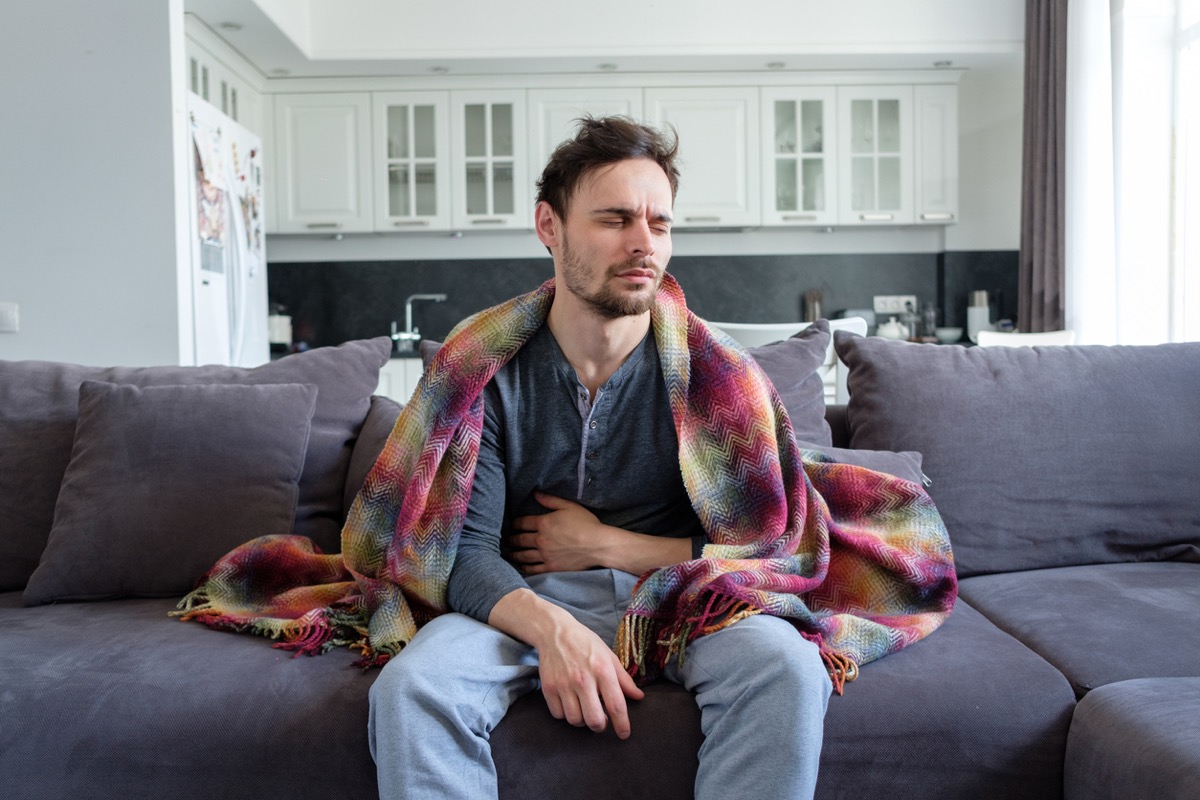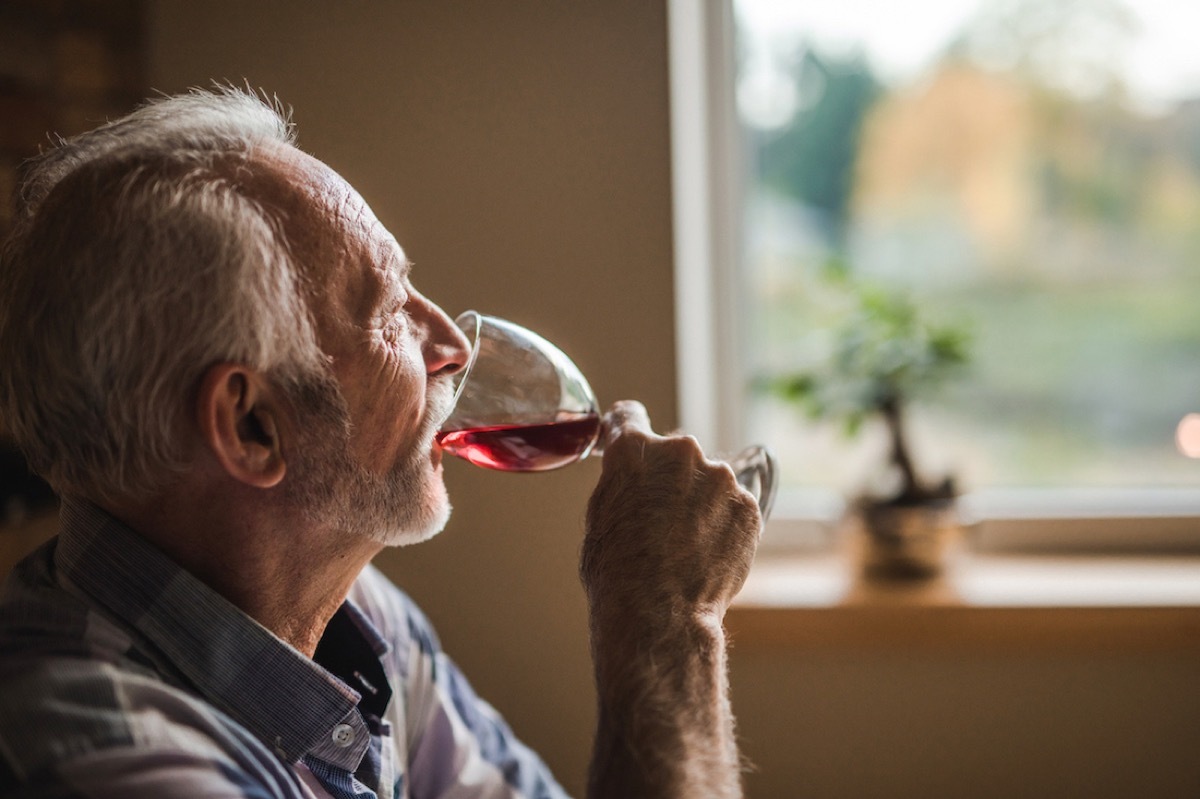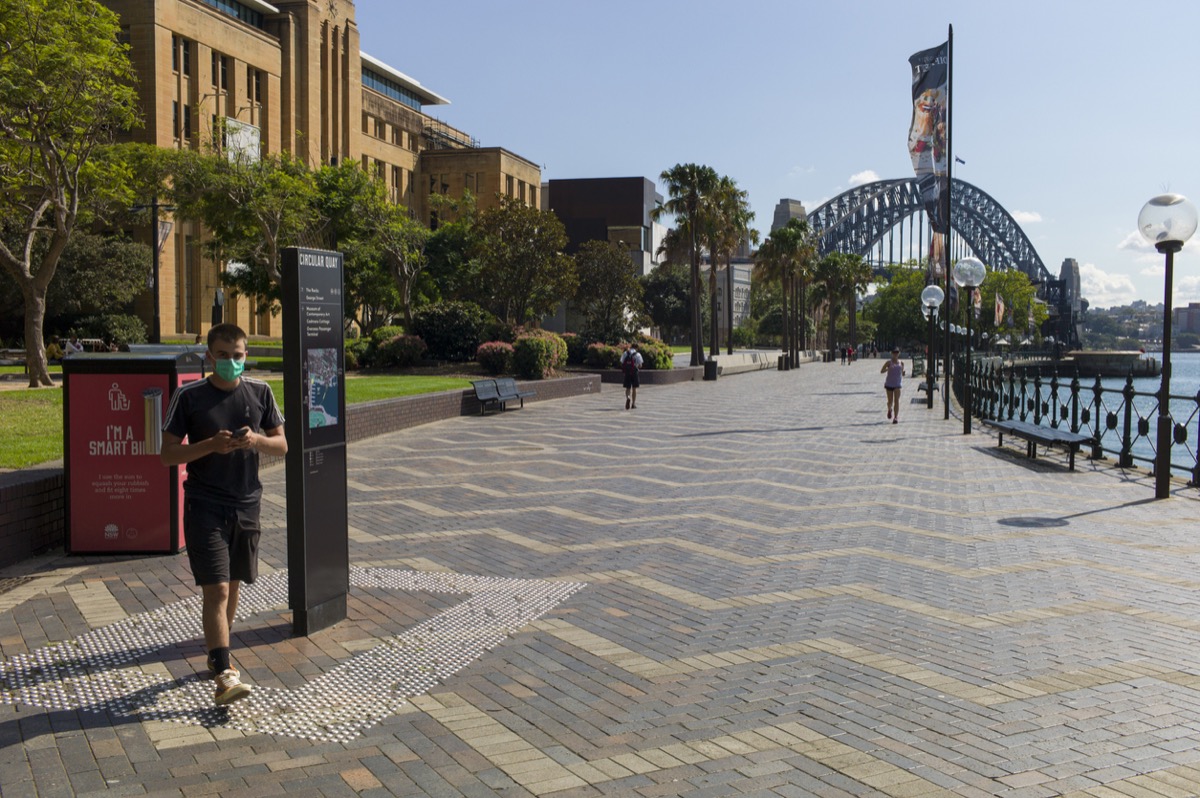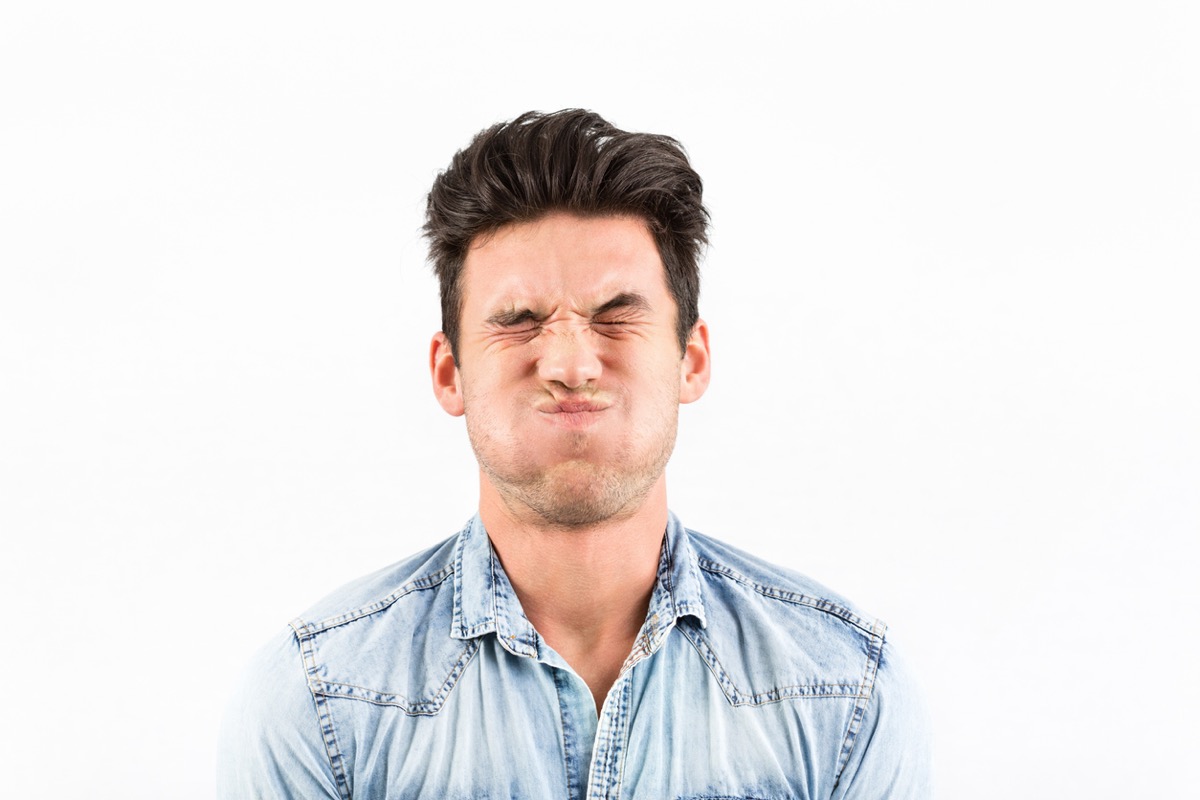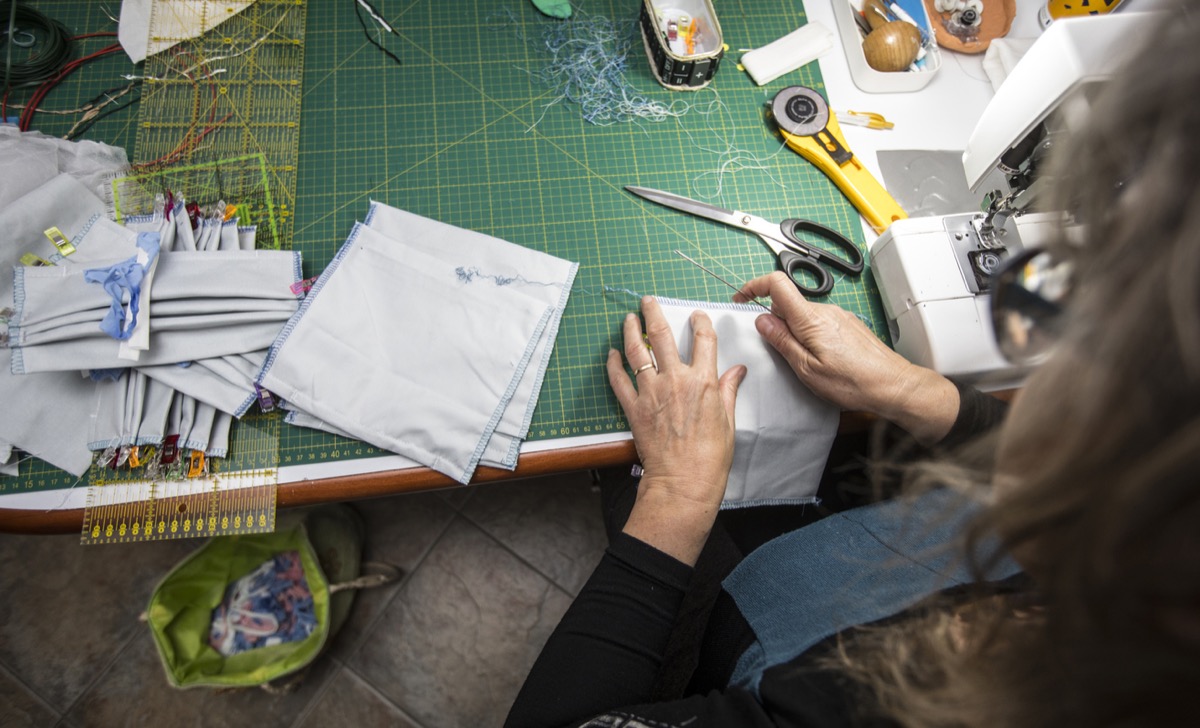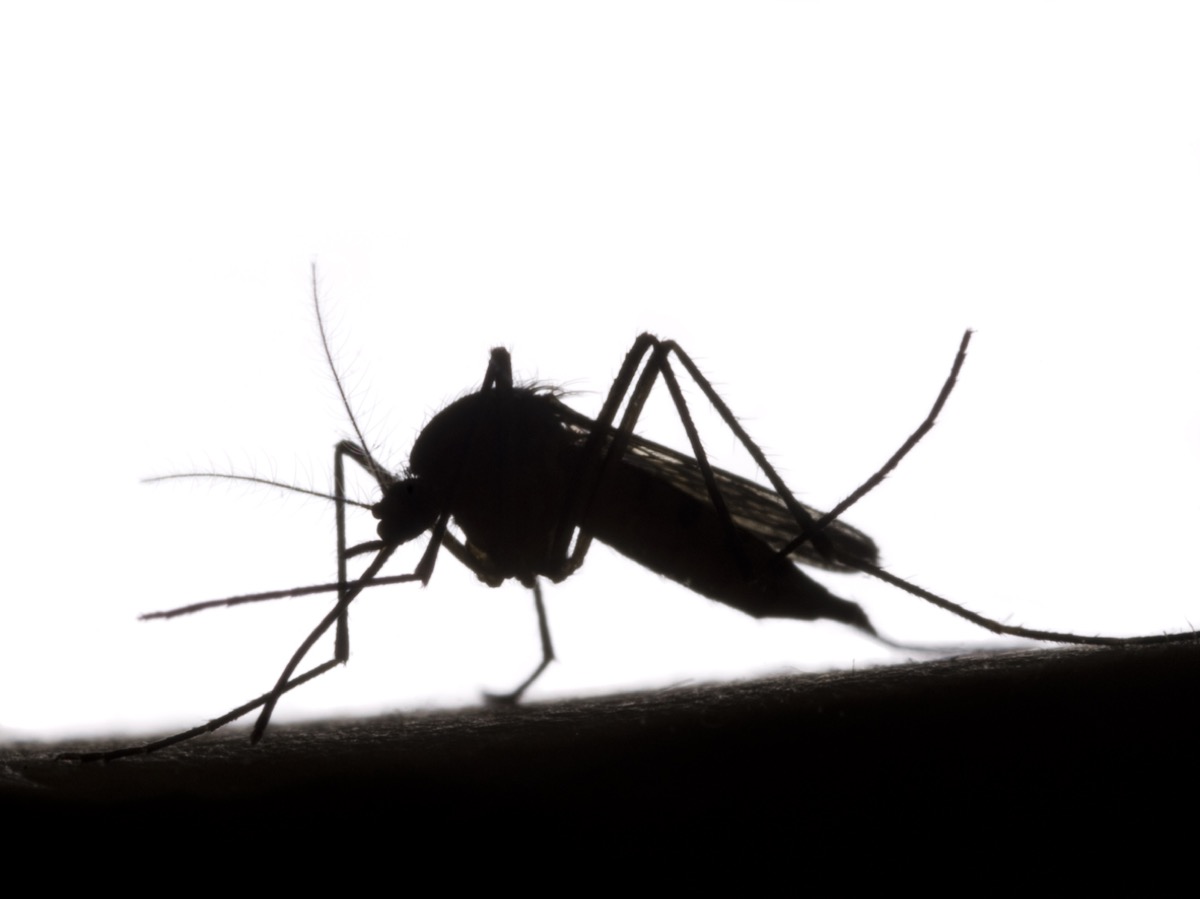Myth: Coronavirus only kills elderly people with underlying conditions. If, like many woefully wrong spring breakers, you think you’re immune to coronavirus because you’re young and healthy, think again. The World Health Organization (WHO) reports that in Italy, between 10 and 15 percent of coronavirus patients in critical care are under the age of 50. In a recent news briefing, Maria Van Kerkhove, MD, head of WHO’s emerging diseases and zoonosis unit, warned, “There are individuals who are in their 30s … who are in ICU and who have died.” She noted that while some of those patients had underlying conditions, many did not. Anthony Kaveh, MD, a Stanford-educated anesthesiologist and biomedical engineer, echoes the warning. “While older people are more likely to develop severe disease from the virus, everyone in the population is at risk. I personally would not want to roll a dice with my life even if the odds are one percent,” he said. “More importantly, young people need to protect themselves so they can protect their parents and grandparents and anyone who has underlying conditions.” Myth: You need hand sanitizer to fight coronavirus. Out of hand sanitizer? Don’t panic. The Centers for Disease Control and Prevention (CDC) explains that washing your hands with regular soap and water is far more effective than a squirt of hand sanitizer. The key is to work up a lather and scrub thoroughly for at least 20 seconds before rinsing off. Save your sanitizer for those moments when regular hand washing isn’t an option. Myth: If you don’t have a cough, you don’t have coronavirus. Coronavirus can present with a wide range of symptoms. That’s why doctors warn that you should treat all symptoms as possible signs of infection, and exercise additional caution to isolate yourself from others. As Kaveh explains, this myth is “blatantly false and harmful.” “If you’re sick, you must assume you have COVID-19 and take appropriate precautions,” he says. “Otherwise you may be putting others at risk.” While you may experience respiratory distress or fever—two of the virus’s more well known symptoms—you may also experience gastrointestinal symptoms, conjunctivitis, loss of taste and smell, a sore throat, or body aches. And for more things you shouldn’t believe about COVID-19, check out 9 Terrible Health Tips to Ignore Right Now, According to Experts. Myth: If you’re asymptomatic, you don’t have coronavirus and can go about your business as usual. While some patients show different symptoms of COVID-19, others don’t show any at all. In fact, Robert Redfield, MD, director of the CDC, told NPR that up to 25 percent of infected individuals remain asymptomatic. But just because you don’t show symptoms doesn’t mean you can’t infect others. Myth: If your test comes back negative, you don’t have to practice social distancing. As the The Wall Street Journal reported in early April, experts estimate that one in three coronavirus tests that come back negative are, in essence, defective. Because the tests were approved very quickly to try to meet demand, they were less rigorously tested themselves—leading to the high rate of error. According to The New York Times, Chinese research corroborates this hypothesis, estimating that China’s false negative rate also hovers around the 30 percent mark. And for more on coronavirus testing, check out 10 People Who Tried to Get Tested for COVID-19 and Were Turned Away. Myth: Hydroxychloroquine, an anti-malarial drug, is the silver bullet solution. In a televised press briefing, President Donald Trump declared himself a “big fan” of hydroxychloroquine, saying, “It is very effective. It is a strong drug”—which led many to believe a cure for coronavirus was just around the corner. Unfortunately, NIAID Director Anthony Fauci, MD, and members of the White House task force have had to temper Trump’s endorsement. They clarified that hydroxychloroquine is in the very early stages of being tested as a potential treatment for COVID-19, but that without a prolonged clinical trial, we don’t know its actual effectiveness. And for more on a potential coronavirus cure, check out 5 Facts We Know About Remdesivir, the Possible Coronavirus Cure. Myth: Drinking alcohol can help kill the coronavirus. Some people believe that drinking alcohol will prevent them from contracting coronavirus—so many, in fact, that WHO had to address it and debunk the myth. It turns out, the opposite is actually true—drinking too much can weaken your immune system, making you more susceptible to the COVID-19 contagion. “Alcohol use may weaken the immune system by changing the balance of normal microorganisms that live in a healthy body, leading to increased inflammation,” Chirag Shah, MD, co-founder of Push Health, previously told Best Life. In fact, a 2016 review in the journal Progress in Neuro-Psychopharmacology and Biological Psychiatry showed that heavy drinkers are at an increased risk for both bacterial and viral infections. Myth: Seasonal changes and warmer weather will make coronavirus go away naturally.ae0fcc31ae342fd3a1346ebb1f342fcb Ask any doctor whether seasonal changes will make coronavirus go away naturally, and you’re likely to hear this common refrain: “Nope, just look at Australia,” where there are currently more than 6,500 cases. Kaveh was quick to debunk the myth that the virus will naturally dissipate when temperatures rise, citing the outbreak in the Southern Hemisphere as clear evidence against the idea. Myth: If you can hold your breath for 10 seconds, you don’t have coronavirus. In one of the most dangerous pieces of misinformation circling the internet about the virus, one social media post claimed that you can perform a home test for coronavirus by holding your breath for 10 seconds. The post went viral across platforms, touting that if you can complete the challenge without severe discomfort or coughing, you do not have COVID-19. “The post, which began circulating Twitter, Facebook, and emails [recently] was falsely credited to a member of the ‘Stanford Hospital board,’” points out Gail Trauco, RN. “When someone has an acute viral infection, it can be difficult to take a deep breath and not cough because the airways are irritated. That’s all it means. Being able to hold your breath for 10 seconds also doesn’t mean someone doesn’t have coronavirus.” Myth: If you’re in an area with very few cases, you’re safe. Think of it this way: If you have a jar that can hold 1,000 pennies, and the number of pennies doubles every week, it will take one week to get two pennies, two weeks to get four pennies, and nine weeks to reach the halfway mark. From there, it takes just one more week to reach capacity. Apply this math to WHO’s warning that the virus has near exponential growth rates, and it becomes clear that without interventions, that sudden uptick in cases is inevitable—and dangerous. And for more on ending the spread of coronavirus, check out When Will the Coronavirus Quarantine End? Here’s What Experts Say. Myth: Coronavirus is an “equalizer” that doesn’t discriminate by race or zip code. While of course the virus itself has no preferences, it’s a myth that we’re all at equal risk of contracting or dying from coronavirus. New data shows that some ethnic groups are being hit far harder than others when it comes to COVID-19-related fatalities, likely due to systemic lack of access to health care and health insurance, reliance on public transportation in highly populated areas, and job inflexibility that prevents people from self-quarantining. As The Detroit Metro Times reported earlier this month, African-Americans account for 40 percent of coronavirus deaths in Michigan, despite the fact that they only account for 14 percent of the state’s population. We’ll likely learn more about how this virus disproportionately affects marginalized communities as time goes on. Myth: Doctors and nurses can make their own masks to use at work. While DIYing your own mask is a great solution for the majority of the population going out to the grocery store, it’s not safe enough for doctors and nurses to use as personal protective equipment. The CDC explains that “homemade masks are not considered personal protective equipment (PPE), since their capability to protect healthcare personnel (HCP) is unknown.” And for more materials you can use at home to protect yourself, check out The 7 Best Materials for Making Your Own Face Mask, Backed by Science. Myth: Mosquitos can infect individuals and will do so at an increasing rate as the weather gets warmer. There have been rumors circulating on the internet that the virus could get worse as the weather warms and there are more mosquitos around. But there is no evidence to back this claim. As the CDC points out, the virus is evidenced to spread mainly from person-to-person, through respiratory droplets produced when an infected person coughs or sneezes in close proximity—within six feet or less—to others. “That is why social distancing, covering your cough or sneeze, washing hands, and not touching your mouth, eyes, or nose when your hands are not clean is so critical,” says Seema Sarin, MD, a physician for EHE Health.
